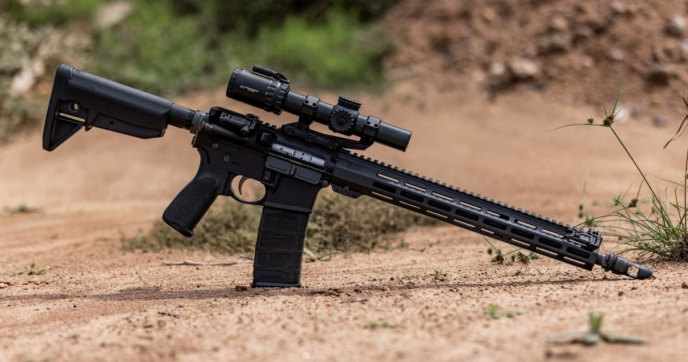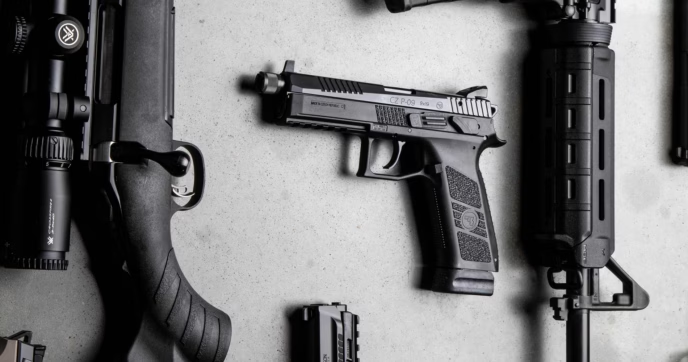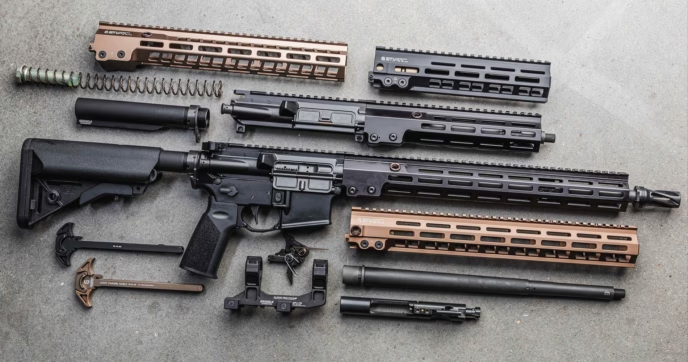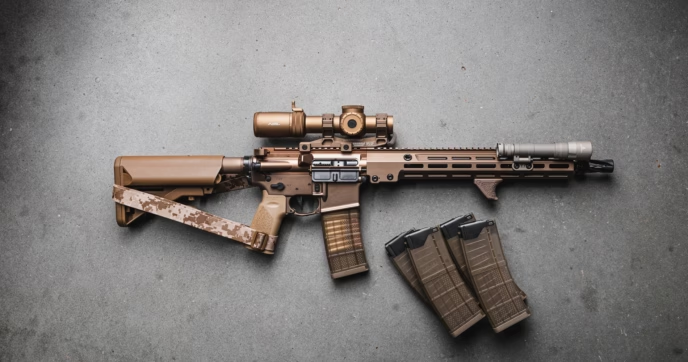No mechanical system is infallible—not even one as iconic as the AR-15. Periodic malfunctions occur in all firearms, and the AR-15 is no exception. Some interruptions are merely inconvenient; others are downright hazardous. Misfires, hang fires, and bore obstructions can be disastrous if they are not recognized and handled correctly. The ability to identify malfunctions, apply safe and correct clearing techniques, diagnose underlying causes, and adopt preventive maintenance practices is essential for any competent operator.
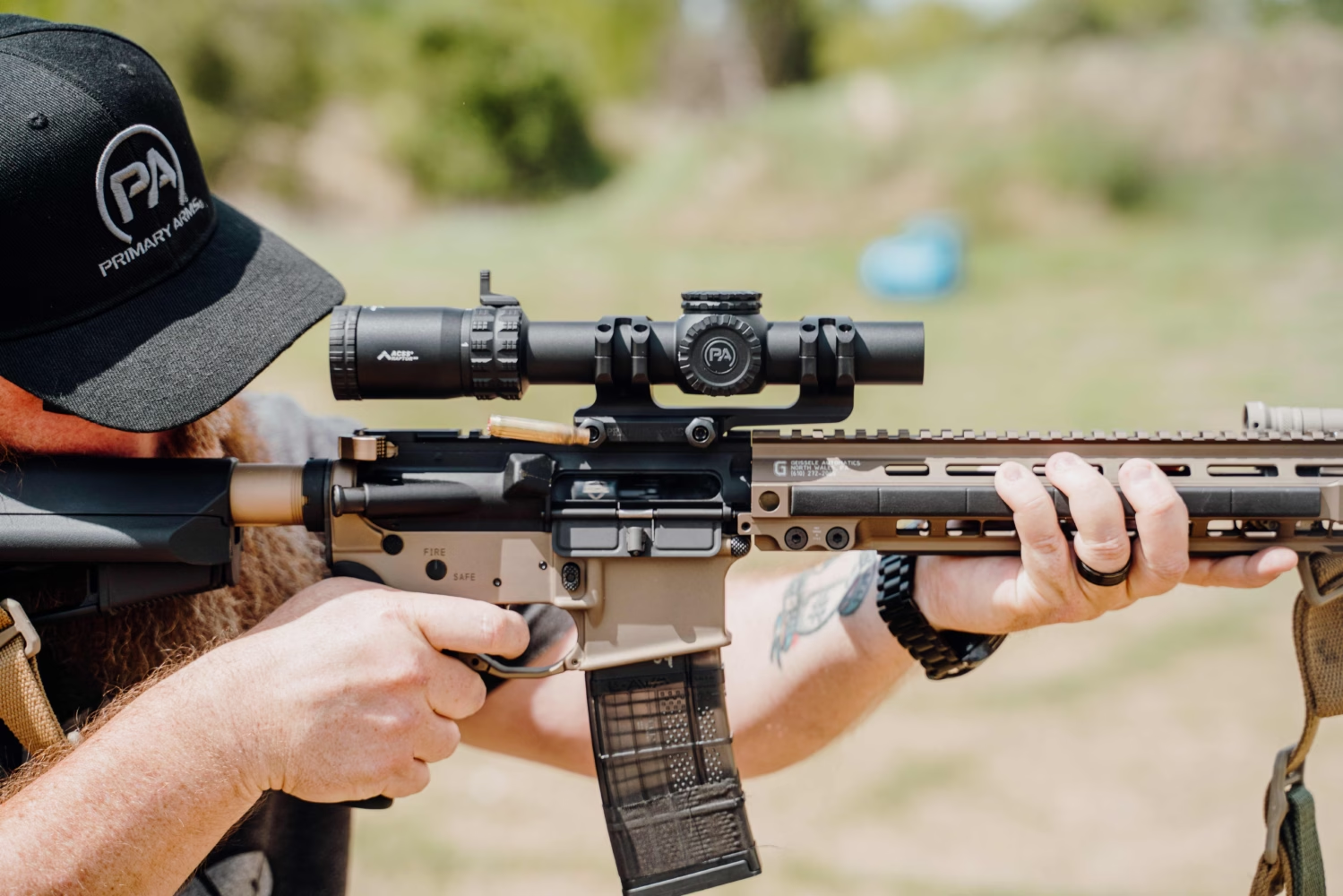
Common AR-15 Malfunctions
An AR-15 can exhibit a broad spectrum of functional faults. Many of these are immediately obvious from the rifle’s behavior at the moment of malfunction. Understanding how each malfunction presents itself is the first step toward safe resolution.
A failure to feed manifests when the bolt closes on an empty chamber or when a cartridge partially enters the chamber but does not seat fully. The operator may observe a round seated at an angle, a bolt that will not lock fully, or simply an empty chamber after the bolt cycles. Causes typically stem from an issue with the magazine or gas system, but can also result from issues with the feed ramp or chamber.
A failure to eject is evident when the spent casing remains in the ejection port or becomes trapped against the face of the bolt. A common subtype of this is the “stovepipe,” where a spent case becomes pinched between the front of the ejection port and the bolt face, sticking out at an angle. Extraction failures can arise from a weak or worn extractor, an extractor spring that has lost tension, heavy carbon or copper fouling in the chamber, or timing disruptions caused by an overgassed or undergassed operating system.
Improper cycling can occur without either a failure to feed or extract, such as a failure to lock back after the last round is fired. The bolt should lock open on an empty magazine to signal the need to reload. If the bolt does not lock back on an empty magazine, it may indicate insufficient gas pressure, a worn or incorrect buffer spring, or excessive friction within the receiver or bolt carrier group.
Stuck rounds occur when a cartridge becomes lodged in the chamber, resisting extraction. This is technically a subset of a failure to extract, but the causes and cures can be very different. This condition can result from swollen brass (often due to excessive moisture or reloading errors), corrosion in the chamber, or the use of out-of-specification ammunition. If the cartridge is live, a stuck round is potentially dangerous and requires patient, controlled handling.
Misfires, the most dangerous type of malfunction, can be divided into two important categories: duds and squibs. A dud is a round that does not discharge when struck by the firing pin. Duds can be caused by defective primers, improperly seated primers, or insufficient firing pin impact. In contrast, a squib is the partial or complete failure of the propellant to push the projectile through the barrel, resulting in a projectile lodged in the bore. A squib is particularly dangerous because a subsequent discharge with an obstructed bore can rupture the barrel or receiver and injure the operator and bystanders.
Each of these malfunctions can be diagnosed by paying attention to sensory cues: sound, recoil impulse, and mechanical indication. A muted or dull report combined with reduced recoil often signals a squib. A clear, full-power report accompanied by a casing in the ejection port indicates a failure to eject. A bolt that will not fully close suggests a feed issue or an obstruction. Recognizing these cues is essential to selecting the correct and safest recovery procedure.
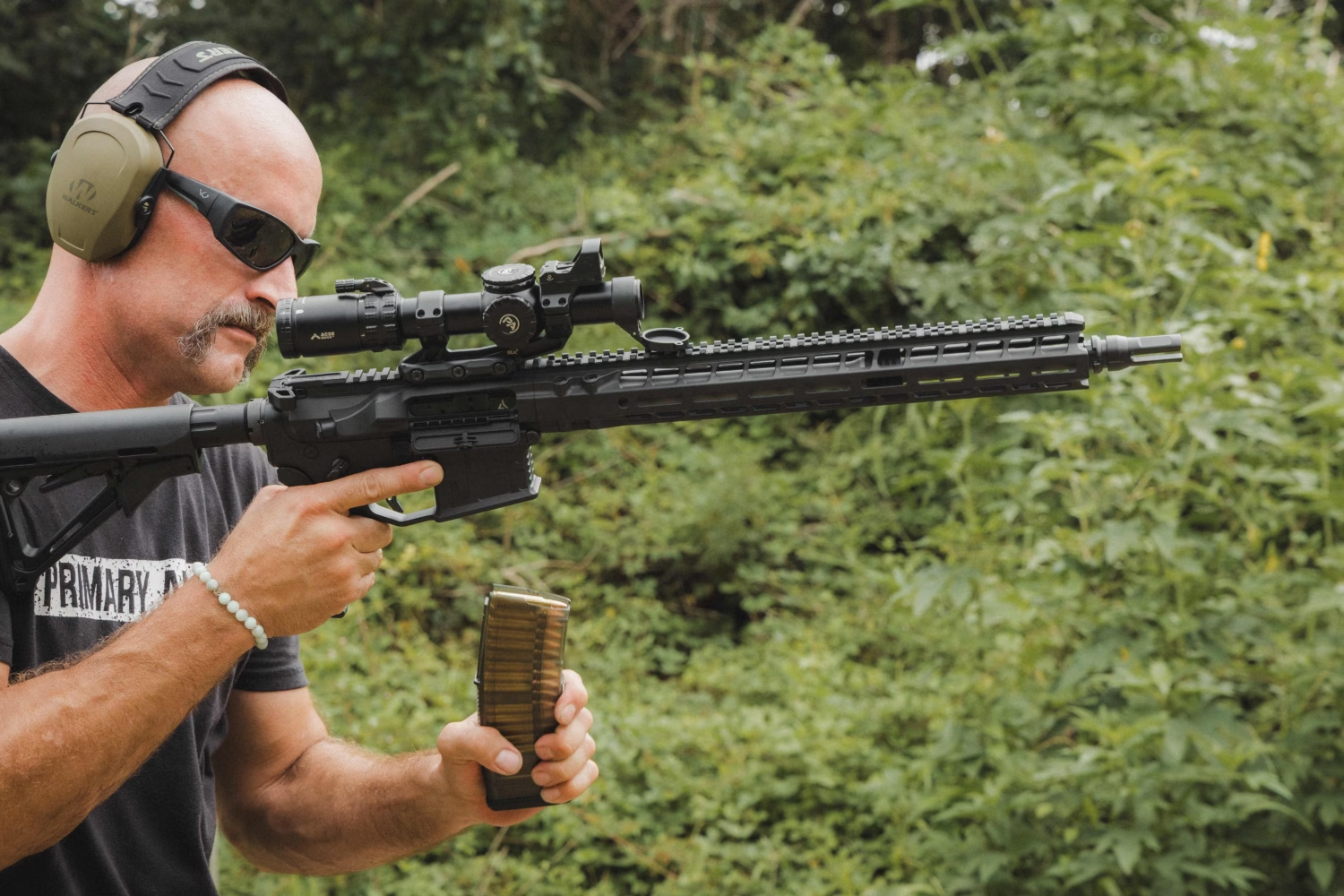
Firearm Safety When Handling Misfires
Safety is the paramount concern when a malfunction occurs. All remedial actions must begin with an absolute adherence to muzzle discipline and positive control of the weapon. Before anything else, keep the rifle pointed in a safe direction with your finger away from the trigger. Just because the rifle has malfunctioned doesn’t necessarily mean that it can’t still fire a live round, as in the case of a hang fire.
When a failure to feed occurs during normal operation, the appropriate immediate response is methodical: maintain the weapon pointed downrange, check the magazine to ensure it is fully seated, and cycle the charging handle firmly to clear or chamber a round. If the magazine is suspected, remove it and visually inspect the feed lips and spring tension before reinserting or replacing the magazine. If the problem persists after swapping magazines and cycling the action, remove the magazine and visually inspect the chamber. Improperly fed rounds may have become lodged in the chamber, as is commonly the case in a double feed, and will require the user to manually pry them out.
Handling a failure to eject requires similar control. If a spent case is visible protruding from the ejection port, bring the rifle under control, lock the bolt to the rear if possible, and with the muzzle pointed safely, remove the magazine and clear the case. If the bolt is stuck closed with a live or fired cartridge partially extracted, do not attempt violent manipulations. Instead, keep the muzzle safe, remove the magazine, and rack the bolt with normal force. If the casing does not clear or if it is or may be a live round, use caution and clear the round manually.
One method to clearing a stuck spent casing is mortaring, which involves slamming the butt of the rifle on the ground with considerable force while maintaining firm pressure on the charging handle. This can greatly increase amount of force exerted on the casing and clear all but the most stubborn stuck casings. However, under no circumstances should a rifle with a live round in the chamber ever be mortared. An unintended discharge during mortaring would result in a bullet fired very negligently and could be dangerous to anyone within several miles downrange. While effective, mortaring should be considered a last resort and only employed by experienced users, as the forces involved can easily damage your rifle’s stock or other components.
A hang fire demands the highest degree of caution. A hang fire is a delayed ignition where the primer or powder ignites after an unexpected pause. While exceedingly rare with modern ammunition, delayed ignitions do still occur, and so every failure to fire should be treated as a potential hang fire. The correct response when a round fails to fire is to keep the weapon pointed in a safe direction, maintain a secure grip, and wait. Industry guidance commonly recommends a waiting period of thirty seconds to sixty seconds; this interval allows any delayed ignition to occur without endangering the operator. After the waiting period, follow standard clearing procedures: remove the magazine, lock the bolt to the rear if possible, visually and physically inspect the chamber, and then remove the dud cartridge. Retain dud cartridges for proper disposal. Do not attempt to fire it again.
When a squib is suspected, immediate cessation of firing is mandatory. Indicators include a significantly reduced report and a markedly lighter recoil impulse. The operator must stop firing at once, keep the muzzle pointed in a safe direction, and perform a controlled unloading and chamber inspection. Do not cycle additional live rounds through the weapon until the bore has been confirmed clear.
While it should go without saying, do not look down the muzzle or your firearm to check for a squib. The safest course of action is to disassemble the rifle and inspect from barrel from the chamber side. If you’re not sure how, check out our article on How To Disassemble An AR-15. If a projectile is found lodged in the bore, it should be removed with care. A cleaning rod and a bore guide can be used to push the obstruction forward out the muzzle if possible, but typically significant force is required to clear a squib. If there is any uncertainty about the proper removal technique, consult a qualified gunsmith. Under no circumstances should a user attempt to remove a bore obstruction by firing another round.
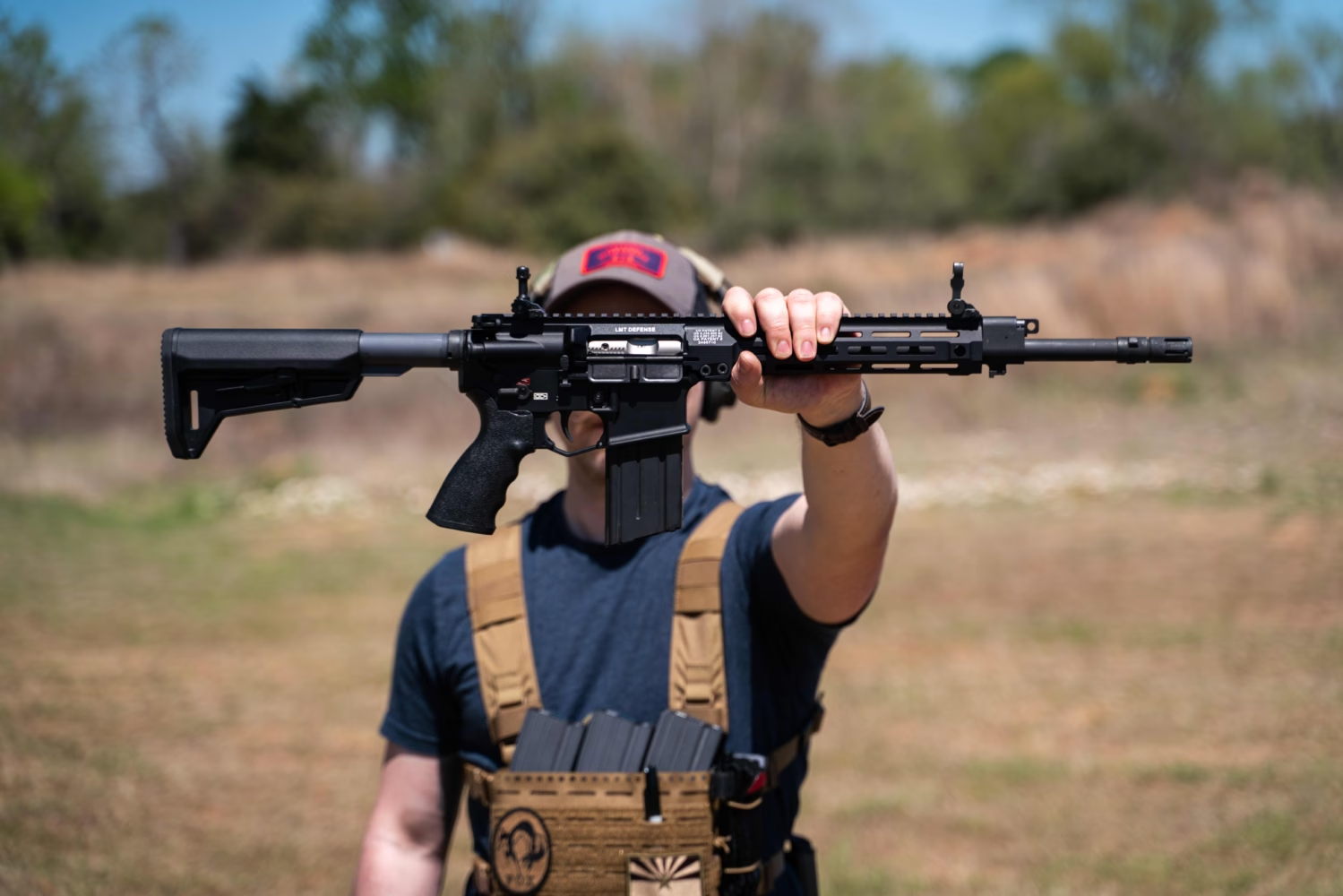
Causes of Misfires in AR-15 Rifles
A malfunction is often a symptom of an underlying mechanical or ammunition problem. Systematically understanding likely causes improves both diagnosis and remediation.
Failures to feed commonly derive from magazine faults and feeding geometry issues. Magazine springs lose tension over time, and feed lips can deform or crack. Low-quality magazines are particularly prone to feeding irregularities. In some cases, the bolt carrier group is not cycling with sufficient forward momentum due to gas-system undersupply, which leaves rounds under-pressed into the feed ramp and prevents full chambering. Excessive friction in the receiver rails due to lack of lubrication, excessive fouling, or burrs on components can also slow the bolt’s forward motion.
Failures to eject are often the result of extractor and ejector problems. The extractor claw can become chipped or lose its spring tension. Carbon and copper fouling in the chamber and around the extractor recess impairs reliable extraction. Timing mismatches caused by incorrect gas volumes—either from an overgassed condition producing violent, premature extraction or an undergassed condition leaving the bolt carrier short of full travel—can reduce ejection reliability.
Failure to lock back after the last round typically indicates low gas pressure, a worn or incorrect buffer and spring, or excessive resistance within the bolt carrier group. A defective or improperly indexed bolt catch can also cause the bolt to fail to lock open. In suppressed configurations or with certain aftermarket AR-15 parts, increased backpressure or altered timing can change the dynamics of lockback.
Duds are principally an ammunition issue. Primer defects, improper seating, contaminated primers, or degraded propellant can result in no ignition. A light firing-pin strike due to a worn hammer spring, weak buffer system, or obstructed firing pin channel can also be the proximate cause. Regular inspection of the firing pin, its retaining pin, and the hammer spring tension is prudent when duds occur with some frequency.
Squib events are most often traced to undercharged or absent powder in the cartridge, defective loading practices in handloads, or damaged ammunition. Contamination of propellant, degraded powder, or improper seating of components during handloading are common culprits.
Stuck rounds and chambered case issues may be caused by environmental factors that promote corrosion or by brass that has swollen. Brass can swell either from exposure to moisture or from being fired multiple times with improper annealing during reloading. Chambers that have not been periodically inspected and lightly polished may develop tight spots that retain a cartridge.
Diagnosing root cause requires methodical elimination. When magazine problems are suspected, substitute a known good magazine and observe results. When ammunition issues are suspected, test an alternate, reputable brand to see if the malfunctions still occurs. For gas-system or timing concerns, check gas port condition and consider testing with a reduced recoil buffer or an adjustable gas block. When component wear is likely, inspect the extractor, ejector, cam pin, and bolt for visible damage, hairline cracks, or loss of finish. Regular parts replacement helps avoid chronic reliability failures.
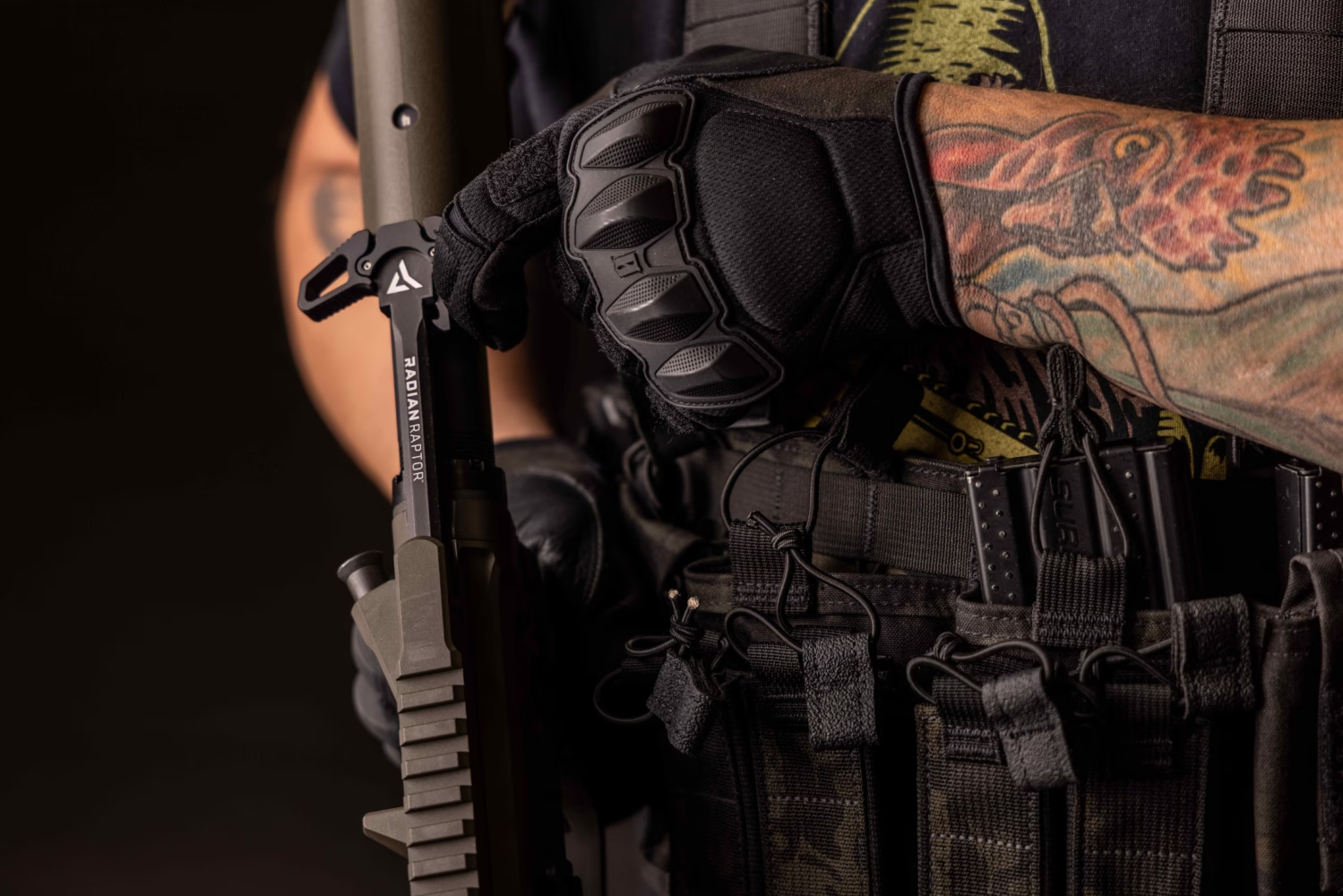
How to Fix the Problems
Repair strategies vary depending on the malfunction and its cause. Simple fixes often restore function immediately, while others require part replacement or professional intervention.
When a failure to feed is traced to magazines, the simplest correction is to replace the offending magazine or service it by replacing the follower and spring, if serviceable. High-quality magazines from reputable manufacturers, rotated periodically so no single magazine accrues excessive wear, reduce the incidence of feed problems. When feeding issues persist with multiple magazines, inspect the feed ramp and chamber for burrs, and verify that the bolt carrier group cycles freely with correct lubrication. If the rifle is undergassed, an adjustable gas block or a heavier buffer assembly can restore proper timing. Overgassing can also cause the bolt to overrun the magazine, returning to battery before the magazine has time to raise a new round. This can likewise be addressed by tuning the gas system.
Failures to eject often respond well to a thorough gun cleaning and replacement of a worn extractor spring or ejector. Clean the extractor recess and ensure the extractor spring and O-ring (if fitted) seat correctly. If the extractor claw is chipped or the extractor spring has lost tension, replacement is the recommended remedy. As with failures to feed, these malfunctions can be caused by an improperly balanced gas system and remedied by proper tuning.
Addressing a failure to lock back begins with verifying that the magazine follower engages the bolt catch when empty. Dirty or deformed followers can fail to present a clean engagement surface. If the magazine is functional, inspect the gas system and buffer assembly. A light buffer spring or worn buffer weights may not return the bolt carrier group with sufficient energy for reliable locking under some ammunition loads, and, yet again, can be fixed by tuning your gas system appropriately.
A single dud round is easily dismissed as faulty ammunition, but when duds occur repeatedly, evaluate your firing-pin system components. While firing pin components typically have very long service lives, they are not infinite. A worn out hammer spring can easily result in insufficient hammer energy and can be replaced for only a few dollars.
If a squib is confirmed, do not fire another round until the bore is cleared. If the projectile is visible and reachable at the muzzle, apply an appropriate, straight cleaning rod and carefully push the obstruction forward out of the muzzle. Use a bore guide if available to maintain alignment. If the obstruction cannot be dislodged easily, more specialized gunsmithing tools may be required. At that point, a gunsmith should be consulted. Performing a headspace check and inspecting the barrel for deformation following a squib is prudent, particularly after any unusual pressure signs or if there is evidence of bulging or cracking.
For stuck live rounds that do not extract under controlled manual cycling, professional extraction is the safest course. Gunsmiths have specialized tools for extraction that minimize damage to the firearm and reduce the risk of igniting the cartridge during extraction. Be sure to consult with your gunsmith before bringing your firearm into the store, as a firearm with a live round chambered in it presents a hazard.
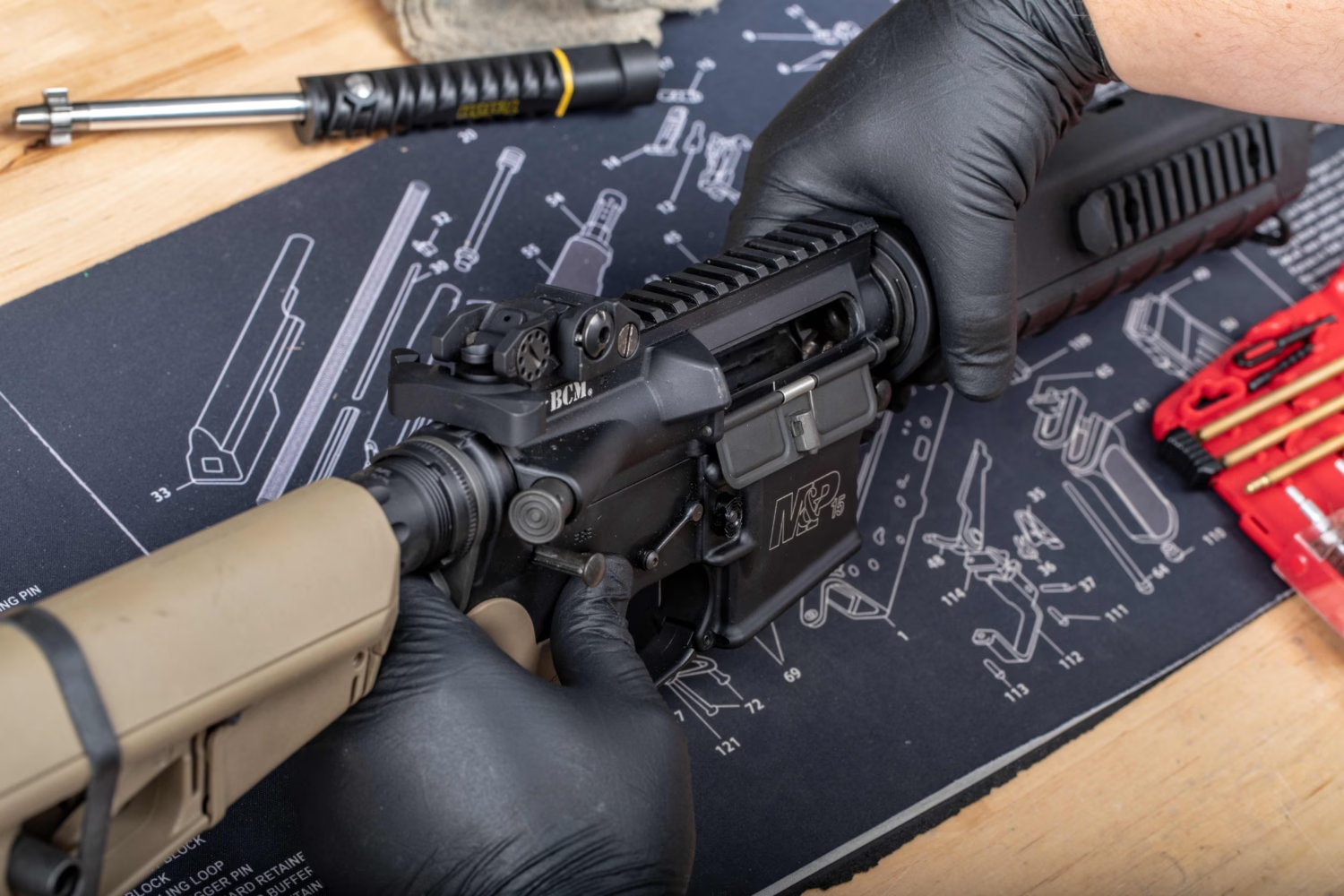
Preventing Malfunctions from Happening
A proactive maintenance philosophy yields the best reliability returns. Many malfunctions are consequences of neglected maintenance, poor ammunition choices, or marginal component fitment.
Regular, scheduled cleaning of the bolt carrier group, gas system, chamber, and feed ramps reduces carbon buildup and prevents extraction and feeding problems. A maintenance routine need not be onerous: a basic cleaning every few range sessions and a more thorough inspection at monthly intervals for frequently used rifles will catch developing wear early. During cleaning, the extractor recess and ejector path should be cleared of fouling. A soft copper brush and solvent will dissolve deposits before they become adhesive carbon cakes.
If you’re not clear on how exactly to remove fouling or what areas need to be addressed, reference our article on How To Clean And Maintain Your AR-15.
Lubrication practices should be consistent with manufacturer recommendations, but for most AR-15s these instructions will all be the same. Light, even application on receiver rails and the bolt carrier exterior, as well as occasional lubrication at friction points such as the trigger component interfaces. Overly heavy lubrication is not necessary on most AR-15s and can attract abrasive particulates, but under-lubrication increases metal-to-metal friction and accelerates component degradation.
Magazine care is frequently overlooked but critical. Replace magazine springs that have sagged and inspect feed lips visually for deformation. Use the highest grade of magazines feasible for the intended application, and avoid inexpensive, unproven brands for defensive or duty use.
Ammunition selection is central to reliability. Use factory ammunition from reputable manufacturers, particularly for critical defensive use. When handloading, follow carefully documented recipes and employ consistent inspection and measurement practices. Properly anneal and inspect brass when reusing components, and avoid mixing headstamps or lot numbers without verification. Store ammunition in a cool, dry place to minimize corrosion and primer deterioration.
Gas-system tuning is a powerful reliability tool. A rifle that has been modified with a longer barrel, a suppressor, or aftermarket furniture may require an adjustable gas block or a different buffer weight to maintain correct timing. Overgasing produces excessive bolt carrier speed and accelerated wear; undergasing yields failures to eject and to cycle. Match the gas system configuration to the rifle’s intended load and accessories.
Finally, when equipment reaches defined service life thresholds—typically between 2,000-5,000 rounds for many components, but up to 10,000 for others—replace them rather than waiting for them to fail. Preventive replacement of wear items is inexpensive relative to the risk and cost of failure in a rifle that is used seriously. Maintaining a log of rounds fired can be helpful in tracking when components need to be replaced, and similarly tracking malfunctions will help identify patterns in troublesome rifles.
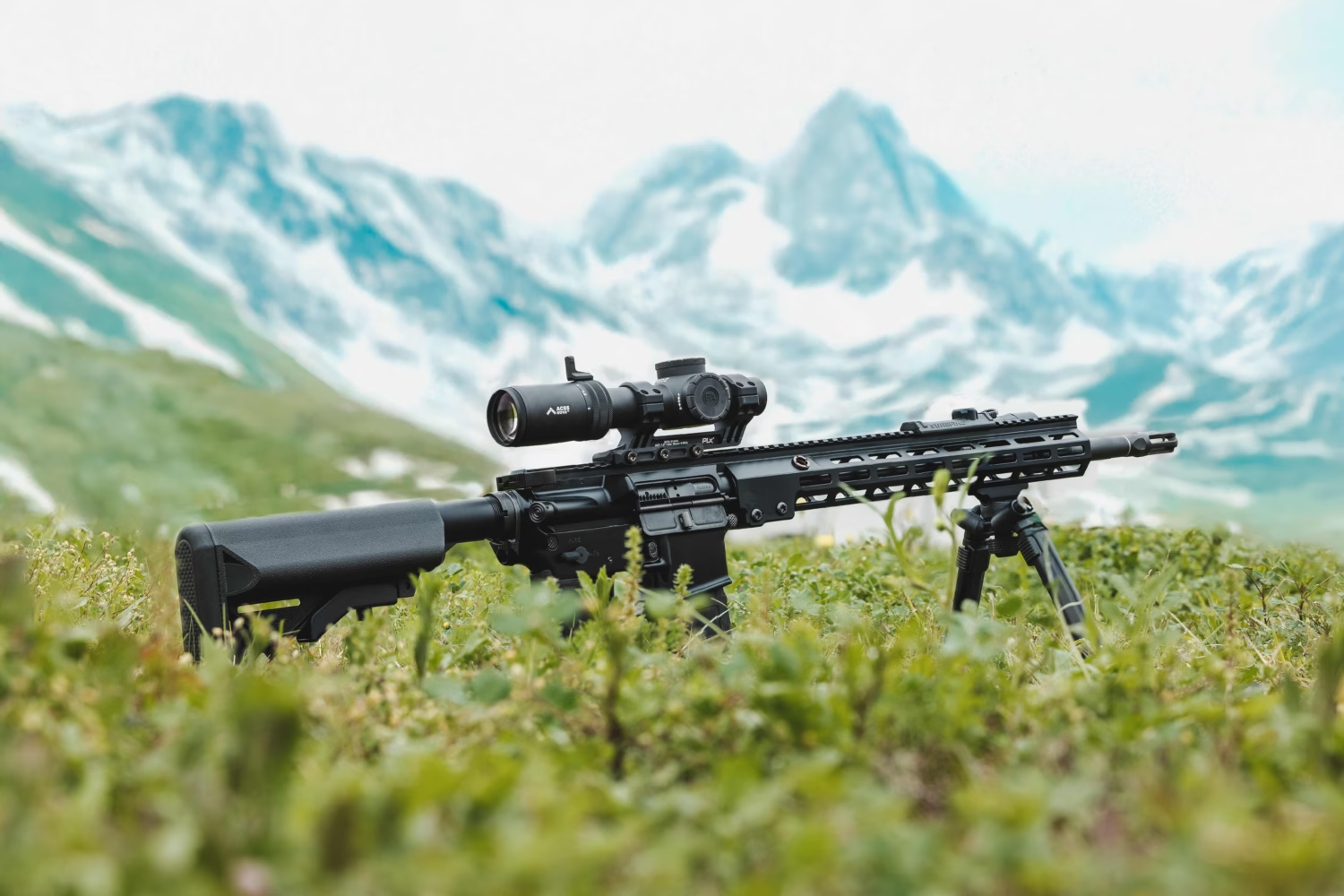
Conclusion
Handling misfires and malfunctions in an AR-15 requires a disciplined mixture of situational awareness, conservative safety practices, methodical diagnosis, and consistent preventive maintenance. Recognizing the symptoms of common faults—failures to feed and eject, improper cycling, stuck rounds, duds, and squibs—is the principal skill set that allows operators to respond safely and effectively. Immediate responses must always prioritize muzzle discipline and avoidance of hasty actions that could transform a manageable fault into a catastrophic event. Diagnosing root causes and applying appropriate remedies—whether that involves magazine replacement, extractor servicing, gas-system tuning, ammunition substitution, or professional gunsmith work—restores reliability and reduces recurrence.
Preventive actions, such as routine cleaning, correct lubrication, appropriate ammunition selection, and planned replacement of wear items, are the most cost-effective strategies to minimize malfunctions. For complex or ambiguous problems, a qualified gunsmith provides the specialized inspection and repair capacity needed to ensure the rifle returns to safe, reliable operation.
A malfunction is not a failure of responsibility; it is an opportunity to reinforce safe habits and to learn from a mechanical anomaly. With careful attention to the procedures described here, operators can manage malfunctions calmly, maintain a high standard of safety, and preserve the long-term performance of their AR-15.
